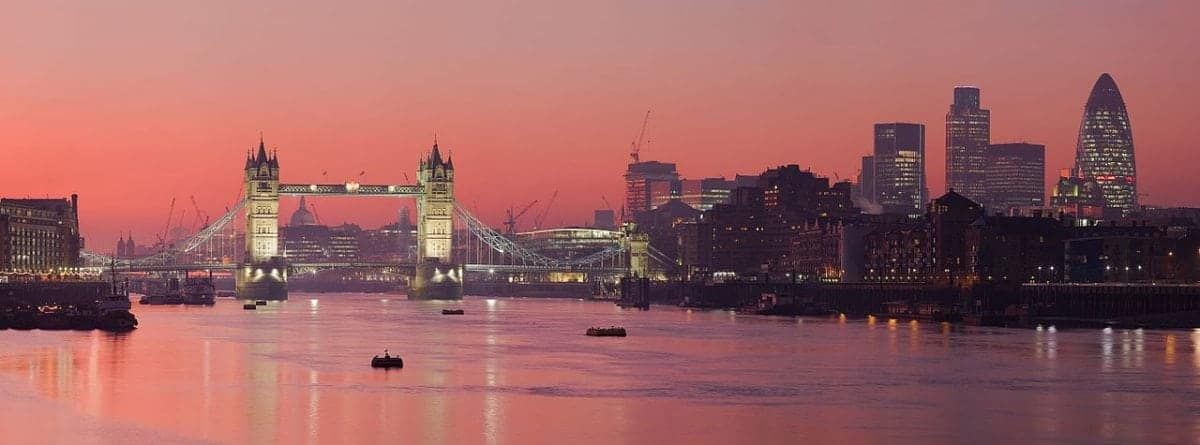
New analysis published today by Centre for London suggests that Brexit may already be having an impact on the capital, with fewer Europeans coming here for work, a slowdown in job creation, a loss of momentum in business confidence, and decelerating house price growth.
Published to coincide with the launch of Centre for London’s new research programme, the analysis draws together unfolding demographic, housing, transport, economic and quality of life data. This analysis is found in The London Intelligence, Centre for London’s new quarterly publication, which will monitor the capital, building up a longer term understanding of how London is performing and changing over time.
It shows that a number of growth indicators dipped in early 2017, but also some positives – such as a fall in unemployment to a historically low level, a reduction in the number of young people not in education, employment or training, and a rise in tourism numbers and spending.
Ben Rogers, Founder and Director of Centre for London said: “London has shown remarkable resilience in the years following the recession. But its growth has not been painless. Levels of inequality have soared. Congestion, pollution and the housing shortage have all worsened.
“While no-one knows how Brexit will play out, this new analysis suggests that London’s economy is beginning to wobble. It also highlights the need to tackle London’s critical challenges to ensure it is in the best possible position to deal with Brexit.
“Through The London Intelligence, Centre for London will continue to deepen our understanding of how London is changing in real-time, and identify whether these are bumps in the road or changes in direction for London.”
Demographic changes:
Registrations for new national insurance numbers by foreign workers have dropped 15 per cent since this time last year. A drop in EU migration accounted for three quarters of this fall.
The latest mid-year population estimates show the number of 20-34 year olds falling slightly (-0.9 per cent) in the year up to mid-2016, while some other age cohorts grew considerably: the number of 70-74 year olds grew by 4.6 per cent.
London’s continuing population growth was largely fuelled by international migration. Domestically, 93,000 people (net) left the capital for the rest of the UK in the year to mid-2016, compared to 77,500 in the previous year.
Economic changes:
The capital’s unemployment rate is at a historic low of 5.5 per cent, last attained in December 2016.
Job growth in London is continuing, but is slowing for the first time since early 2015. The rate of job growth is now just below the rest of the UK’s, having been significantly higher in the years following the recession.
Housing:
Year on year house price growth was below 3 per cent for the three months up to and including April 2017. This is the first time growth rates have dropped below 3 per cent since January 2012.
London’s private rental market is exhibiting signs of cooling down. Annualised growth in average rents dropped below 2 per cent in March this year and in May fell to 1.7 per cent – the lowest rate since the end of 2010.
Society:
1,146 knife crime incidents were reported in May, averaging over 1,000 each month since June 2016, compared to around 800 during the previous year. Total crime rates are the highest they have been since 2012.
The number of rough sleepers across the capital over the first three months of 2017 rose 7.4 per cent to 2751, compared to the same period last year.
Environment and Health:
Hospital admission rates have increased by 5.5 per cent year on year. This reflects a longer term trend of admissions increasing in excess of population growth.